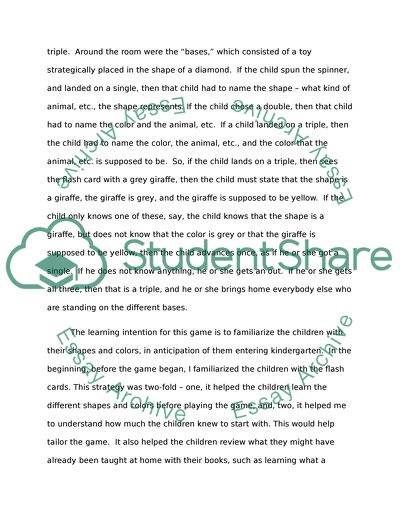Cite this document
(“Activity One: Play-based Activity for the Group Ages 3-8 Essay”, n.d.)
Retrieved from https://studentshare.org/psychology/1405063-activity-one-play-based-activity-for-the-group-ages-3-8
Retrieved from https://studentshare.org/psychology/1405063-activity-one-play-based-activity-for-the-group-ages-3-8
(Activity One: Play-Based Activity for the Group Ages 3-8 Essay)
https://studentshare.org/psychology/1405063-activity-one-play-based-activity-for-the-group-ages-3-8.
https://studentshare.org/psychology/1405063-activity-one-play-based-activity-for-the-group-ages-3-8.
“Activity One: Play-Based Activity for the Group Ages 3-8 Essay”, n.d. https://studentshare.org/psychology/1405063-activity-one-play-based-activity-for-the-group-ages-3-8.


